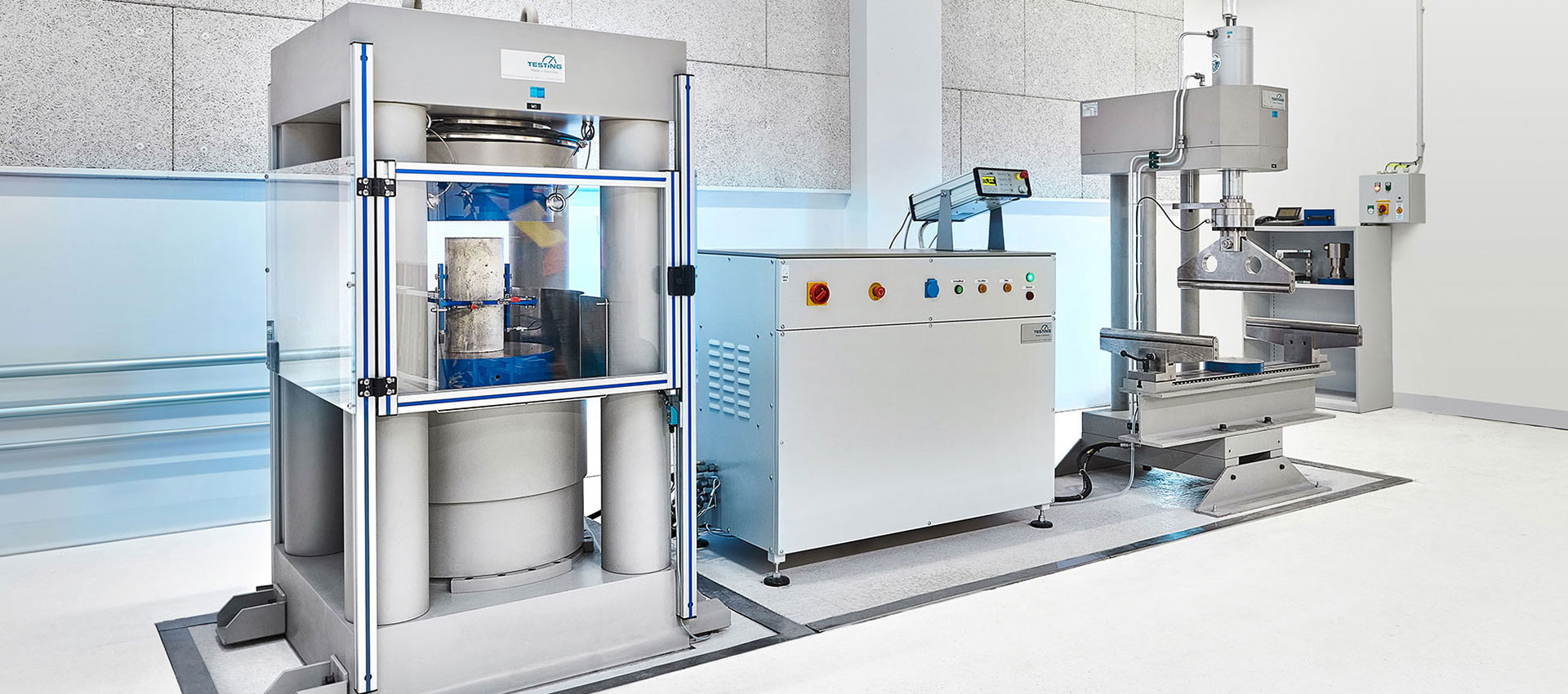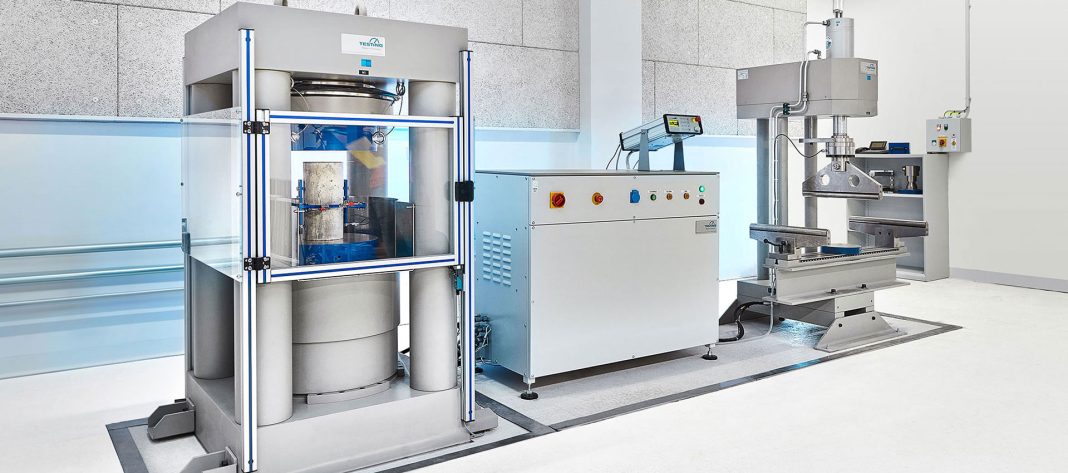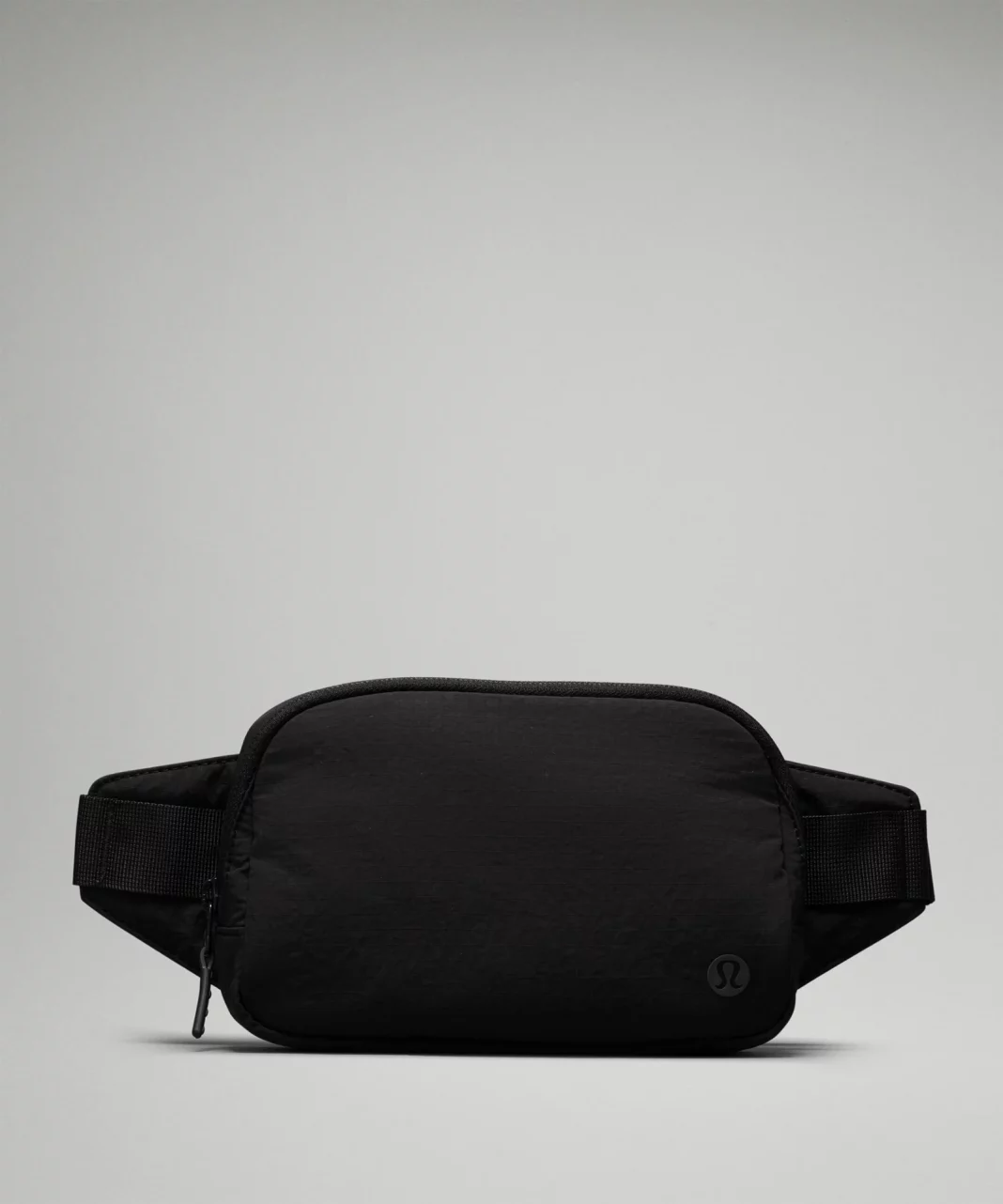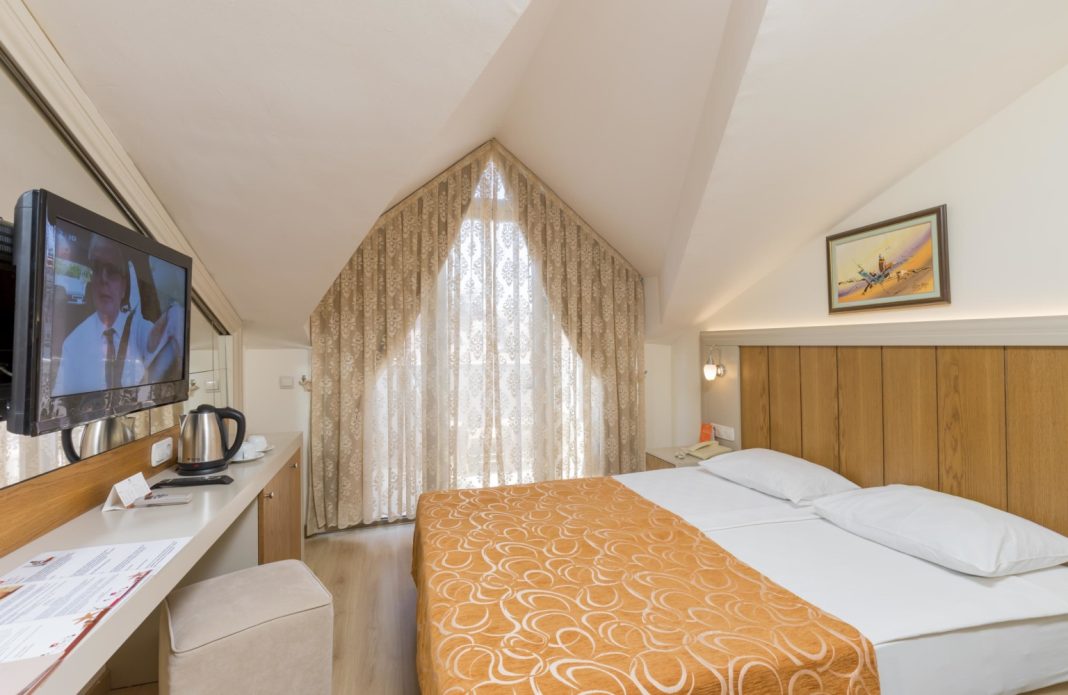 Boeing’s Starliner capsule, named “Calypso,” will have an extended stay at the International Space Station (ISS), according to an announcement made by NASA on Friday. The mission, known as Boeing’s crew flight test, is designed to test the capabilities of the Starliner while it is docked with the ISS. This is the first time that the Starliner will carry a crew, with astronauts Butch Wilmore and Suni Williams set to fly the spacecraft back to Earth next week.
Boeing’s Starliner capsule, named “Calypso,” will have an extended stay at the International Space Station (ISS), according to an announcement made by NASA on Friday. The mission, known as Boeing’s crew flight test, is designed to test the capabilities of the Starliner while it is docked with the ISS. This is the first time that the Starliner will carry a crew, with astronauts Butch Wilmore and Suni Williams set to fly the spacecraft back to Earth next week.
Originally, the mission was planned to last for nine days. However, due to the developmental nature of the mission and the need for further spacecraft testing, Calypso’s mission will now last at least 17 days, almost double the original plan. NASA stated that during this extended time, they will be conducting various tests on the capsule, including operating the hatch, firing thrusters, and checking the cabin air temperature. Additionally, they mentioned that they would be repeating some “safe haven” testing, but did not provide further details on why this was necessary.
It is worth noting that Starliner has encountered several issues during its mission. Prior to launch, a single leak in the capsule’s helium propulsion system was identified. Although deemed stable and not a threat to safety, four additional leaks in the helium system have occurred since docking with the ISS. Despite these leaks, NASA assured that Calypso has enough helium capacity to support the return trip.
Another issue that arose during the mission involved Starliner’s propulsion system. The spacecraft has 28 jets, called reaction control system (RCS) engines, which assist in maneuvering in orbit. Five of these thrusters were not initially operational, but after troubleshooting, four were recovered and the spacecraft was able to dock with the ISS. NASA announced that they would conduct hot fire testing before undocking, specifically evaluating the performance of seven thrusters near the spacecraft’s tail.
Despite these challenges, Boeing Vice President Mark Nappi expressed confidence in the mission’s success, stating that there is still plenty of margin and time remaining for the spacecraft. It is worth mentioning that Starliner was originally seen as a competitor to SpaceX’s Dragon capsule, but due to setbacks and delays, it has now become a backup option for NASA. The agency plans to alternate flights between SpaceX and Boeing for crewed missions to the ISS.
In conclusion, the extended stay of Boeing’s Starliner capsule at the ISS provides an opportunity for further testing and evaluation of the spacecraft. Despite encountering leaks in the helium propulsion system and issues with the RCS engines, NASA remains optimistic about the mission’s outcome. This mission is a crucial step towards NASA certifying Boeing for operational, six-month missions with crew onboard.


